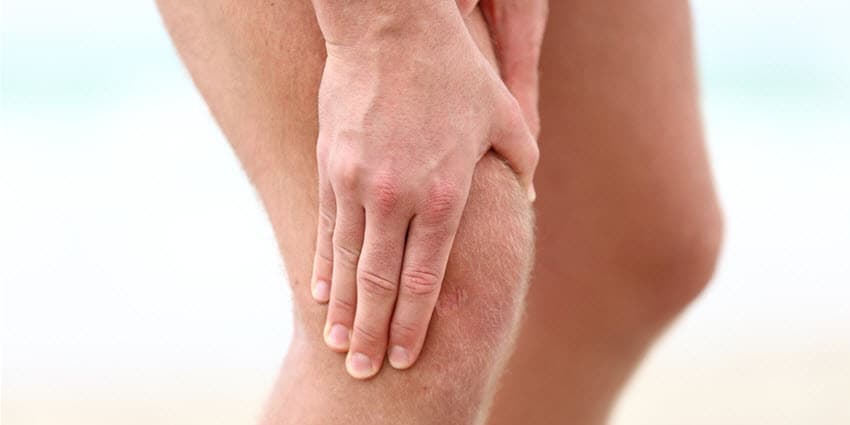It’s called Ilio-Tibial-Band Friction Syndrome (ITBFS) and it is quite common.
The knee is the most commonly injured body part in runners, making up 25% of all running injuries. That is quite a lot, considering around 50% of all runners can expect to sustain a running injury over a 12-month period.
Various structures around the knee can be affected; quite frequently, runners develop pain on the outside of the knee which can be caused by an irritation of the Ilio-Tibial-Band (ITB), a band of connective tissue that runs from the pelvis to the outside of the knee. The injury is called Ilio-Tibial-Band Friction Syndrome (ITBFS).
So what exactly is ITBFS?
ITBFS is an overuse injury that generally builds up gradually, so it is not an acute strain or tear. Repetitive friction of the tissue of the ITB rubbing over a bony prominence along the outer thigh can result in pain and localised inflammation at the friction site.
Initially, the pain may only occur during a run but it can quickly progress with each run, to the point where the pain may linger after a run and even basic activities such as bending and straightening of the knee or lying on the affected side at night can be sore.
What are the causes?
A range of factors can contribute to the development of ITBFS, for example:
- Training errors, such as a sudden increase in training intensity
- Hip muscle deficiencies, e.g. weak gluteal muscles and reduced core strength
- Poor ankle and foot mechanics
- Running inefficiencies, such as a reduced cadence (running too slow), which often results in overstriding. This can put an increased load on the knee, causing ITBFS over time, especially when running long distances.
- Poor footwear



